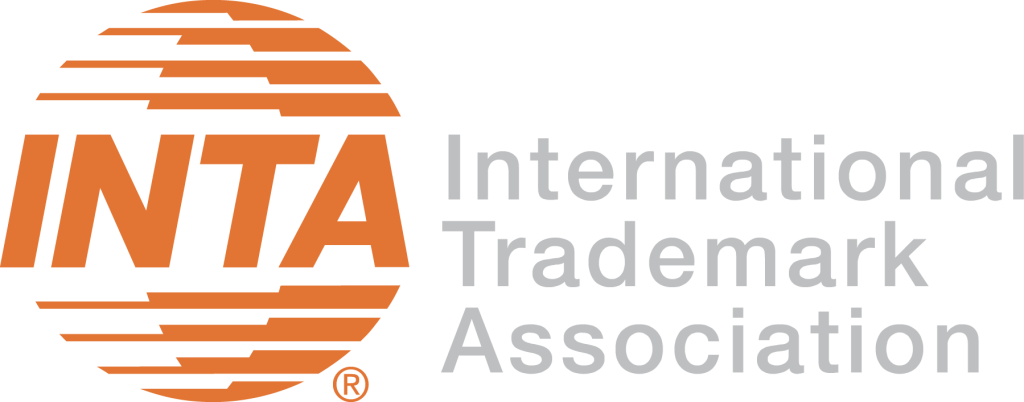
The Nice Classification is an international system used for the classification of goods and services for trademark registration purposes. This system was established by the Nice Agreement in 1957 and is administered by the World Intellectual Property Organization (WIPO). The classification is periodically reviewed and is currently in its 12th edition.
Function of the Nice Classification:
- Organization of Goods and Services: The system organizes goods and services into 45 classes, where classes 1 to 34 correspond to goods, and classes 35 to 45 correspond to services. Each class groups similar goods or services relevant to determining the scope of a trademark’s protection.
- Use in Trademark Registration: When applying for trademark registration, you must specify which Nice classes you want to protect your trademark in. This helps define the trademark owner’s rights for specific goods or services.
Example of Classes:
- Class 25: Clothing, footwear, headgear.
- Class 32: Beers, mineral and carbonated waters, non-alcoholic beverages.
- Class 35: Advertising, business management, commercial administration, office work.
Importance:
The Nice Classification is crucial in the international trademark registration process as it helps unify criteria, facilitates prior searches, and enables trademark protection across multiple jurisdictions.
Products
Class 1
Chemical products for industry, science, and agriculture.
Class 2
Paints, varnishes, and lacquers.
Class 3
Preparations for cleaning, polishing, and degreasing.
Class 4
Industrial oils and greases; lubricants.
Class 5
Pharmaceutical and veterinary products.
Class 6
Common metals and their alloys.
Class 7
Machines and powered tools.
Class 8
Hand tools and instruments.
Class 9
Scientific and electronic apparatus and instruments.
Class 10
Medical and surgical apparatus and instruments.
Class 11
Lighting, heating, and sanitary equipment.
Class 12
Land, air, or water vehicles.
Class 13
Firearms; ammunition and explosives.
Class 14
Precious metals; jewelry and watches.
Class 15
Musical instruments.
Class 16
Paper, cardboard, and products made from these materials.
Class 17
Rubber, gum, asbestos, and products made from these materials.
Class 18
Leather, furs, and products made from these materials.
Class 19
Non-metallic building materials.
Class 20
Furniture, mirrors, and products made of wood or plastic.
Class 21
Household or kitchen utensils and containers.
Class 22
Ropes, nets, tarps, and sacks.
Class 23
Threads and filaments for textile use.
Class 24
Fabrics and textile products; bedding.
Class 25
Clothing, footwear, and headwear.
Class 26
Laces, embroidery, ribbons, and buttons.
Class 27
Carpets, rugs, and floor coverings.
Class 28
Games, toys, and sports equipment.
Class 29
Meat, fish, processed fruits, and vegetables.
Class 30
Coffee, tea, cocoa, and sugar.
Class 31
Agricultural products and grains not included in other classes.
Class 32
Beers; mineral waters and non-alcoholic beverages.
Class 33
Alcoholic beverages (except beers).
Class 34
Tobacco; smoker’s articles.
Services
Class 35
Advertising, business management, and commercial administration.
Class 36
Financial and insurance services.
Class 37
Construction, repair, and installation.
Class 38
Telecommunications.
Class 39
Transport, storage, and distribution of goods.
Class 40
Material treatment.
Class 41
Education, training, entertainment, and sports activities.
Class 42
Scientific and technological services; software design and development.
Class 43
Food and drink services; temporary accommodation.
Class 44
Medical and veterinary services; health and beauty care.
Class 45
Legal services; security for the protection of people and property.












